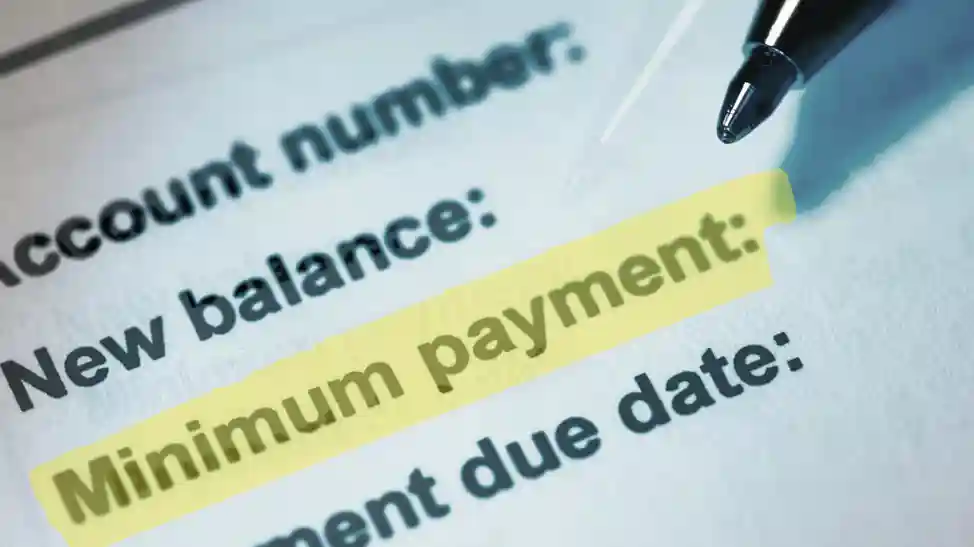
As Jared sat down to pay his monthly bills, he made his way through the mortgage, auto loan, student loan and insurance. Then came the credit card. He hadn’t remembered making so many purchases, but there they were: an oversized grocery bill, a tire repair and the kids’ daycare service. He could pay it all now, but that would leave a skinny balance in his checking account. He looked carefully at the options on screen: Pay Balance, Make Minimum Payment or Pay Other Amount. Jared’s cursor hovered over Pay Balance for a second, but then he clicked on the minimum payment. Done. For now.
Paying the minimum before the due date will keep your account current. However, the portion of the account balance you didn’t pay will continue to accrue interest, and the longer that balance stays above zero, the more interest you’ll pay.
Cost Over Time
The balance on Jared’s credit card is $1,000, and the minimum payment amount he made was $35. Jared’s credit score is decent, so he has a card that charges a 16% annual percentage rate (APR). If he pays just the minimum each month, it will take him almost three years to pay off that $1,000 balance, and he’ll pay an additional $249 in interest over that period. Many credit cards charge even higher rates — 29% isn’t uncommon — which would take longer to pay off and cost even more over time.
To figure out what the monthly interest charges will be on your balance, divide the APR by 12 months. For example, 16% APR amounts to an interest charge of 1.33% per month; a $1,000 balance would incur monthly interest charges of about $13. Doesn’t seem so bad, right? But here’s the insidious part: If you pay only the minimum, more than a third of the $35 payment is going toward interest. Your balance is going to be reduced by only about $22.
Aftershocks
But wait, there’s more. If you only pay the minimum month after month, it can negatively affect your FICO score, which lenders use to measure your creditworthiness. So you may pay even higher interest rates on your next car loan, installment loan or mortgage. It could even affect your ability to get a job, as employers in some states may request to perform a credit check on applicants before they extend an offer.
That balance you’re carrying on your card can affect your credit score in other ways, too. A big chunk of your FICO score is determined by the ratio of your total credit balance to your total credit limit. Let’s say you have three cards, each with a $5,000 limit. Your total limit is $15,000. If you have a balance of $2,500 on each card, that totals $7,500, which is 50% of your credit limit. Many financial experts say it’s best to use less than 30% — the less the better — of your available credit to avoid a negative impact on your FICO score.
Get Help
If you’re struggling with your credit, or if you’re thinking of doing something that will require a good FICO score, like buying a house or getting a new car loan, talk with a qualified Financial Professional. They can help you with strategies to pay down credit balances, such as move some balances to a 0% APR card or try to negotiate your interest rate with creditors, and give you a roadmap to better financial wellness.